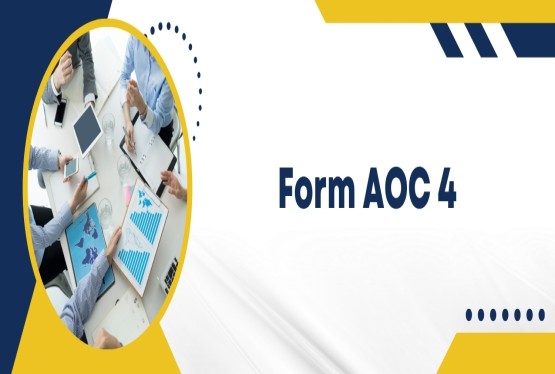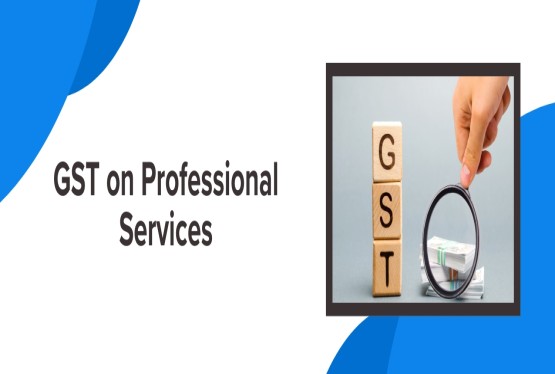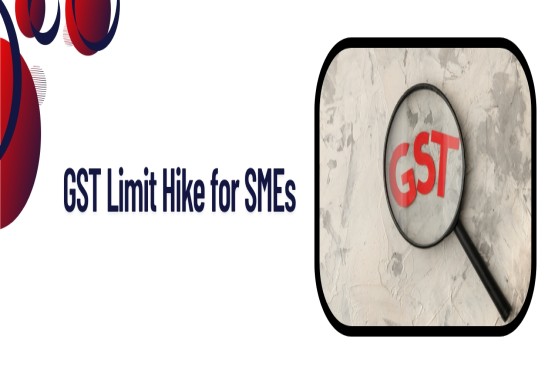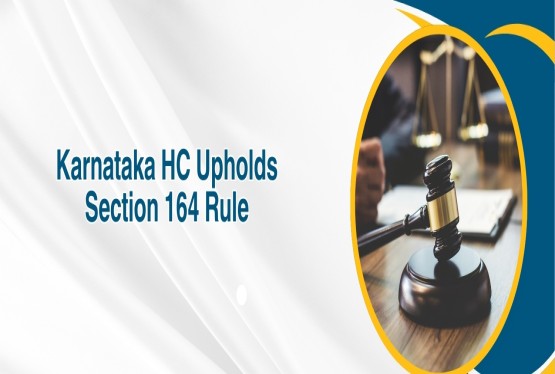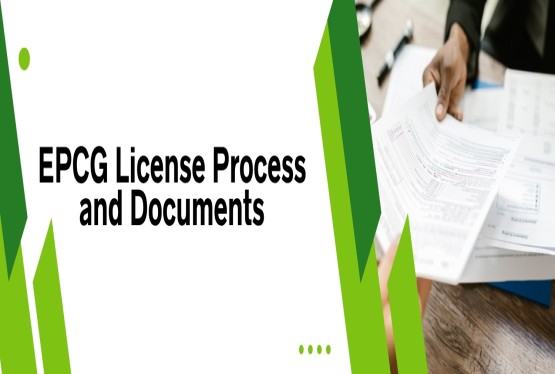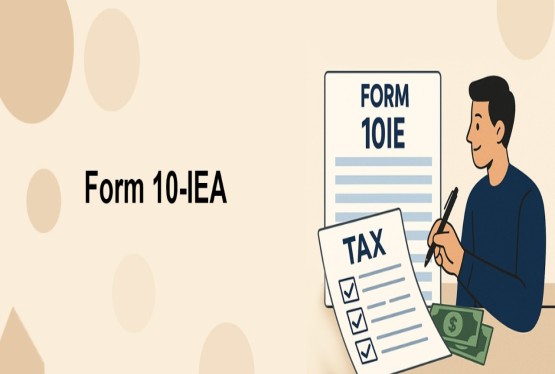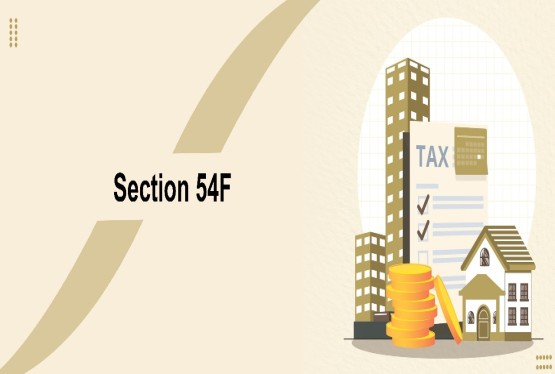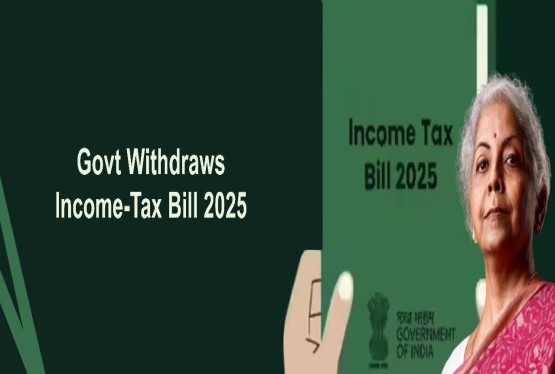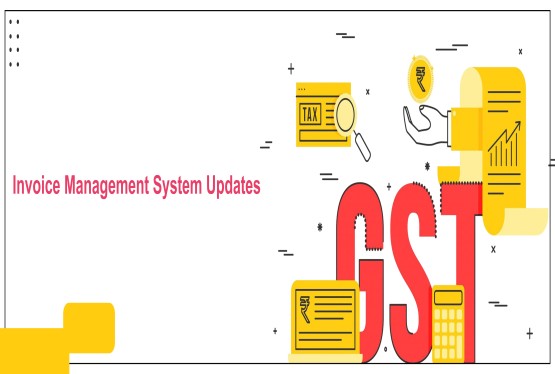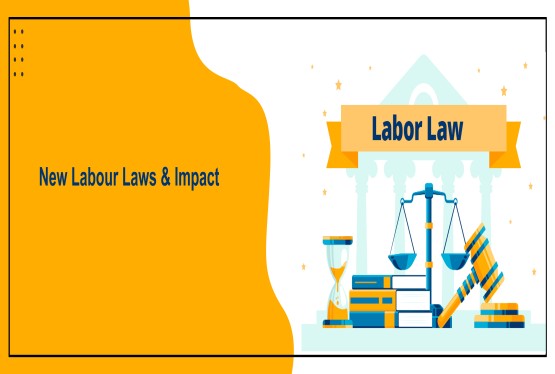If you’ve taken a home loan to buy your first house, you can save money on your income tax. The government allows you to claim tax deductions on the interest you pay on your home loan. Apart from the usual benefit under Section 24(b) (up to Rs.2 lakh), there are two more sections Section 80EE and Section 80EEA that give you extra tax savings.
At first, they may seem alike, but they are different in terms of loan amount, property value, loan dates, and how much deduction you can claim. In this article, we will explain these two sections in an easy way and show you the main differences between 80EE and 80EEA, so you can understand which one applies to you and how to get the full tax benefit.
Section 80EE
Section 80EE of the Income Tax Act, 1961, provides additional tax relief to first-time homebuyers on the interest paid on a home loan. This section allows an extra deduction of up to Rs.50,000 per year on home loan interest, over and above the Rs.2 lakh limit under Section 24(b).
Who Can Claim Section 80EE?
-
Only for Individuals: Section 80EE is meant only for individual taxpayers. It cannot be claimed by companies, firms, or HUFs. The aim is to support first-time homebuyers with personal housing loans.
-
Loan Must Be Sanctioned Between April 2016 and March 2017: To be eligible, your home loan must have been approved between 1st April 2016 and 31st March 2017. If the loan was sanctioned before or after this period, you cannot claim this benefit.
-
Loan Amount Should Not Be More Than Rs.35 Lakh: The total loan amount taken must be Rs.35 lakh or less. This condition ensures that the benefit goes to those buying modestly priced homes.
-
Property Value Should Not Be More Than Rs.50 Lakh: The value of the property you're buying should be Rs.50 lakh or below. This keeps the benefit focused on affordable housing, not luxury or premium real estate.
-
You Must Be a First-Time Homebuyer: You should not own any other residential property when the loan is sanctioned. This benefit is designed for people buying their very first home.
-
Loan Must Be from a Recognized Lender: The home loan must be taken from a bank or registered housing finance company. Loans from friends, family, or unregistered lenders do not qualify under Section 80EE.
Things to Remember
-
Interest-Only Deduction: The benefit under Section 80EE is applicable only on the interest paid on your home loan not on the principal amount. For principal, you can claim under Section 80C.
-
Mutually Exclusive with Section 80EEA: You cannot claim both Section 80EE and Section 80EEA for the same property or loan. You must choose one, based on which section you’re eligible for.
-
Annual Claim Till Loan Closure: Once you qualify, you can continue claiming the deduction every year until the loan is fully repaid as long as you meet all the conditions each financial year.
Legal Basis of Section 80EE
Section 80EE is a provision under the Income Tax Act, 1961, aimed at offering additional tax relief to first-time homebuyers. It was initially introduced in the Finance Act, 2013, and later revived in the Finance Act, 2016 with updated eligibility criteria.
This section allows an additional deduction of up to Rs.50,000 per year on the interest paid on home loans, over and above the deduction allowed under Section 24(b). It specifically applies to loans sanctioned between 1st April 2016 and 31st March 2017, making it a time-bound incentive for individuals purchasing their first residential property.
Section 80EEA
Section 80EEA was started in Budget 2019 to help more people buy their first affordable home under the government’s "Housing for All" plan (PMAY). It gives an extra tax benefit of up to Rs.1.5 lakh per year on the interest you pay on your home loan. This is on top of the Rs.2 lakh benefit already given under Section 24(b), which means you can save more on your income tax if you meet the conditions.
Who Can Claim Section 80EEA?
To claim the deduction under Section 80EEA, you must fulfill certain conditions related to loan dates, property value, ownership status, and lender type, as outlined by the Income Tax Act provisions:
-
Only for Individual Taxpayers: This tax benefit is only for people, not for companies, firms, or Hindu Undivided Families (HUFs). It’s meant to help individuals buying their first affordable home through a loan.
-
Loan Must Be Sanctioned Between April 1, 2019, and March 31, 2022: To get this benefit, your home loan must have been approved during this time. If your loan was taken before or after these dates, you’re not eligible under Section 80EEA.
-
Property Value Should Not Be More Than Rs.45 Lakh: The stamp duty value of the house must be Rs.45 lakh or less. This condition ensures the tax benefit is given to those buying budget-friendly or affordable homes, not premium properties.
-
You Must Not Own Any Other House: You should be a first-time homebuyer. This means you must not own any other residential property on the day your loan is approved.
-
Loan Must Be from Approved Lenders Only: Your home loan must be taken from a recognized bank or housing finance company. Loans taken from friends, relatives, or unapproved lenders are not eligible for this deduction it must be from a registered bank or housing finance company.
-
Cannot Be Claimed Along with Section 80EE: If you’ve already claimed a tax deduction under Section 80EE for the same home or loan, you cannot claim Section 80EEA. You must choose only one section for the benefit.
Legal Basis of Section 80EEA
Section 80EEA is a provision under the Income Tax Act, 1961, introduced through the Finance Act, 2019 as part of the government’s push to encourage affordable housing. It was specifically designed to provide additional tax benefits on interest paid for home loans. This section applies to loans that were sanctioned between 1st April 2019 and 31st March 2022, covering financial years 2019–20 to 2021–22.
Section 80EEA aims to encourage affordable homeownership by giving first-time buyers extra tax relief on interest paid. If you meet all the conditions and your property falls within the value limit, this section can help you save up to Rs.1.5 lakh more each year on your taxes.
Detailed Comparison: Section 80EE vs Section 80EEA
Below is a detailed comparison between Section 80EE and Section 80EEA, highlighting the key differences in eligibility, benefits, conditions, and purpose for home loan tax deductions are:
|
Particulars |
Section 80EE |
Section 80EEA |
|
Introduced In |
Finance Act, 2013 (revived in 2016) |
Finance Act, 2019 |
|
Maximum Deduction |
Rs.50,000 per year |
Rs.1,50,000 per year |
|
Additional to Section 24(b) |
Yes (over Rs.2 lakh limit) |
Yes (over Rs.2 lakh limit) |
|
Loan Sanction Period |
Between 1st April 2016 – 31st March 2017 |
Between 1st April 2019 – 31st March 2022 |
|
Property Value Cap |
Rs.50 lakh |
Rs.45 lakh (stamp duty value) |
|
Loan Amount Limit |
Rs.35 lakh |
No loan amount limit |
|
Type of Property |
Residential house property |
Residential house property |
|
First-Time Home Buyer Condition |
Yes |
Yes |
|
Can claim both together? |
No |
No |
|
Type of Assessee |
Individuals only |
Individuals only |
|
Source of Loan |
Financial institution only |
Financial institution or housing finance company |
|
Availability Status |
For loans sanctioned only in FY 2016–17 |
Applicable for loans sanctioned up to FY 2021–22 |
Important Restrictions
Key restrictions under Sections 80EE & 80EEA include first-time ownership, loan from approved lenders, time limits & no dual claims on same property are:
Not for HUFs or Firm
Only individual taxpayers can claim deductions under these sections. Hindu Undivided Families (HUFs), companies, or partnership firms are not eligible, as the benefit is intended to support individuals purchasing homes for personal use.
First-Time Buyer Condition
The taxpayer must not own any other residential property at the time the home loan is sanctioned. This restriction ensures the tax benefit is strictly available for genuine first-time homebuyers investing in affordable housing.
One Section Per Loan
You cannot claim tax deductions under both Sections 80EE and 80EEA for the same property or financial year. The government allows benefits under only one section per eligible home loan to prevent double claims.
Loan Source
The home loan must be borrowed from a registered bank or housing finance company. Loans taken from friends, relatives, or unregistered entities do not qualify for the deduction under either section, as authenticity of financing is essential.
Time-Bound Eligibility
Each section is valid only for loans sanctioned during specific timeframes. Section 80EE applies to loans approved from April 2016 to March 2017, while Section 80EEA applies to those between April 2019 and March 2022.
Which Section Should You Claim?
Choosing between Section 80EE and Section 80EEA mainly depends on the date your home loan was sanctioned and the cost of your property. If your loan was approved between 1st April 2016 and 31st March 2017, with a loan amount not exceeding Rs.35 lakh and property value within Rs.50 lakh, you can claim a deduction of up to Rs.50,000 per year under Section 80EE. On the other hand, if your loan was sanctioned between 1st April 2019 and 31st March 2022 and the stamp duty value of the house is Rs.45 lakh or less, you may be eligible to claim a higher deduction of up to Rs.1.5 lakh per year under Section 80EEA.
However, both deductions cannot be claimed together for the same house or financial year. If you’ve already claimed Section 80EE benefits for a property, you cannot claim under Section 80EEA for that same property. In short, if your loan falls under the eligible period for Section 80EEA and meets all conditions, it’s the better choice due to higher tax savings. If not, and your loan fits the earlier criteria, Section 80EE can still provide useful relief. Always ensure you meet the specific requirements before choosing.
How to Claim 80EE or 80EEA Deductions
To claim tax deductions under Section 80EE or 80EEA, you must first ensure that you meet all the eligibility criteria mentioned for each section, such as loan sanction date, property value, and first-time ownership conditions. Once confirmed, the deduction can be claimed while filing your Income Tax Return (ITR) for the financial year in which the interest is paid on the home loan.
You’ll need to obtain a certificate from your bank or housing finance company that clearly shows the interest paid during the financial year. This certificate serves as valid proof for claiming the deduction. While filing the ITR (usually ITR-1 or ITR-2 for salaried individuals), enter the eligible deduction amount under the appropriate section either 80EE or 80EEA under the “Deductions under Chapter VI-A” column.
Although you don’t need to submit documents physically while filing your return, you should keep all relevant documents (like the interest certificate, loan sanction letter, property documents, and proof of first-time ownership) safe in case the Income Tax Department asks for verification later. Claiming the deduction correctly helps you reduce your taxable income and saves a significant amount on taxes.
How to Claim 80EE or 80EEA Deductions
Here’s a simple explanation on how to claim deductions under Section 80EE or 80EEA when filing your income tax return, ensuring you meet all eligibility conditions and documentation requirements.
-
Check Eligibility: Ensure you meet all specific conditions like loan sanction date, property value, and first-time ownership status before claiming a deduction under Section 80EE or 80EEA.
-
Obtain Interest Certificate: Collect a home loan interest certificate from your bank or housing finance company showing the interest amount paid during the relevant financial year to claim your deduction.
-
File Income Tax Return (ITR): While filing your income tax return (usually ITR-1 or ITR-2), include the eligible interest amount under deductions in Chapter VI-A for tax benefit.
-
Enter Correct Section: Make sure to enter the deduction under the right Section 80EE (maximum Rs.50,000) or Section 80EEA (maximum Rs.1.5 lakh), depending on your eligibility.
-
Keep Documents Ready: Keep supporting documents like loan sanction letter, property papers, and interest certificate safely in case of a verification request by the Income Tax Department later.
-
Avoid Dual Claims: You cannot claim both 80EE and 80EEA for the same home loan or property in the same financial year, so choose the applicable one carefully.
Current Status of Section 80EEA
Section 80EEA was introduced in Budget 2019 to support affordable housing and apply a tax deduction of up to Rs.1.5 lakh on home loan interest but only for loans sanctioned between April?1,2019, and March?31,?2022. Although the tax benefit remains valid until the loan is fully repaid, the loan sanction window was not extended after March?2022.
Therefore, only loans sanctioned within that period are eligible, and no new loans after March?2022 qualify. Even though subsequent budgets have not renewed this section, borrowers with eligible loans can continue to claim the deduction annually until the loan is fully repaid, provided all conditions remain met.
Final Thought
Sections 80EE and 80EEA of the Income Tax Act provide valuable tax benefits for first-time homebuyers, but they apply in different situations. Section 80EE is suitable for those who took home loans between April 2016 and March 2017, offering a deduction of up to Rs.50,000 per year. In contrast, Section 80EEA offers a higher deduction of up to Rs.1.5 lakh but applies only to loans sanctioned between April 2019 and March 2022 for affordable housing. You can’t claim both benefits for the same loan, so it’s important to assess your eligibility and choose accordingly. These provisions are part of the government’s push to make housing more affordable and accessible. By the differences, taxpayers can plan smarter and reduce their financial burden during the early years of home ownership.
Frequently Asked Questions (FAQs)
Q1. What is the main difference between Section 80EE and Section 80EEA?
Ans. Section 80EE provides a deduction of up to Rs.50,000 on home loan interest, while 80EEA offers up to Rs.1.5 lakh. The eligibility periods and conditions also differ.
Q2. Can I claim both Section 80EE and Section 80EEA for the same property?
Ans. No, you cannot claim both deductions for the same property or loan in the same financial year. Only one section can be availed depending on eligibility.
Q3. Is Section 80EEA still applicable for new loans?
Ans. No, Section 80EEA only applies to home loans sanctioned between April 1, 2019, and March 31, 2022. Loans after this period are not eligible under this section.
Q4. Who can claim deductions under 80EE and 80EEA?
Ans. Only individual taxpayers can claim these deductions. HUFs, firms, and companies are not eligible.
Q5. What type of property qualifies under 80EEA?
Ans. The residential property must have a stamp duty value not exceeding Rs.45 lakh, and the buyer must not own any other home at the time of loan sanction.
Q6. Can I claim these deductions in addition to Section 24(b)?
Ans. Yes, both 80EE and 80EEA provide additional deductions over and above the Rs.2 lakh limit under Section 24(b) for home loan interest.
Q7. Does the property have to be self-occupied to claim these deductions?
Ans. No, there is no restriction on occupancy. The property can be self-occupied or rented out, provided other eligibility conditions are fulfilled.
Q8. What is the stamp duty value limit under Section 80EEA?
Ans. To claim deduction under Section 80EEA, the stamp duty value of the house should not exceed Rs.45 lakh.
Q9. Is Section 80EEA still applicable in FY 2024-25?
Ans. Only if your home loan was sanctioned between April 1, 2019, and March 31, 2022. New loans sanctioned after this period are not eligible under 80EEA.
Q10. What is the purpose of these sections?
Ans. Both sections aim to make homeownership more affordable by giving extra tax benefits to first-time buyers, especially those in lower and middle-income segments.

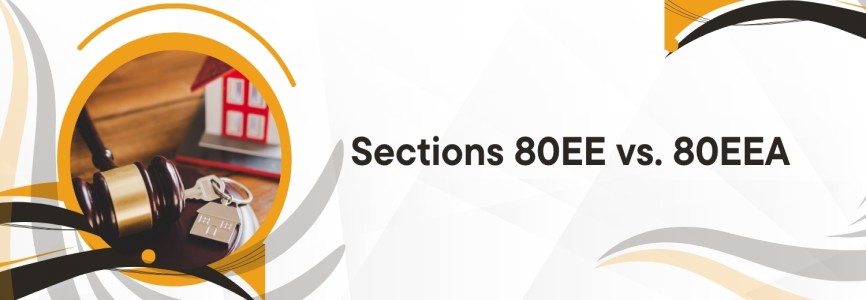






_crop10_thumb.jpg)




































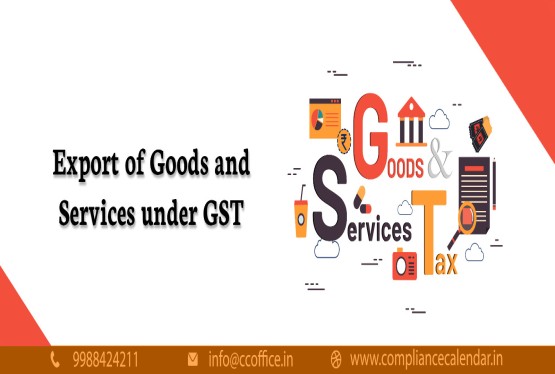













































_for_FY_2025-26_crop10_thumb.jpg)



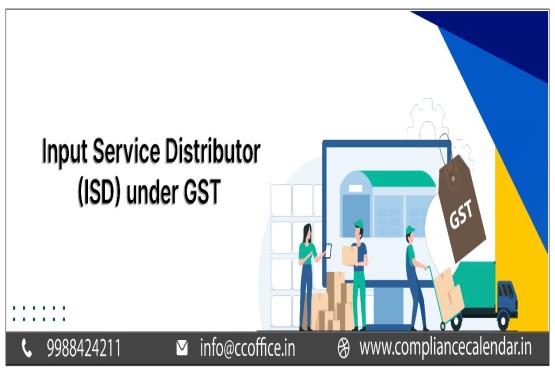








_learn_crop10_thumb.jpg)








_Filing_Due_Dates_for_FY_2024-25_learn_crop10_thumb.jpeg)
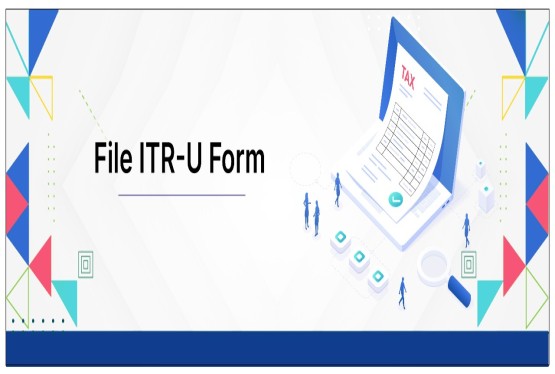
























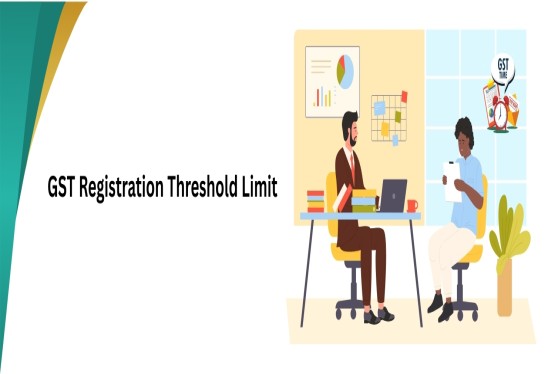
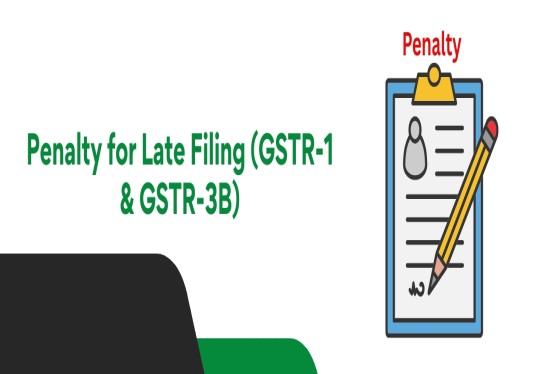












_of_GST_Act_learn_crop10_thumb.jpg)










_Under_GST_learn_crop10_thumb.jpg)









_crop10_thumb.jpg)


_crop10_thumb.jpg)






_learn_crop10_thumb.jpg)






















_of_the_Income_Tax_Act_learn_crop10_thumb.jpg)



_learn_crop10_thumb.jpg)






_learn_crop10_thumb.jpg)






_crop10_thumb.jpg)




















_in_The_Income_Tax_Act,_1961_learn_crop10_thumb.jpg)



_learn_crop10_thumb.jpg)



_of_the_Income_Tax_Act_learn_crop10_thumb.jpg)

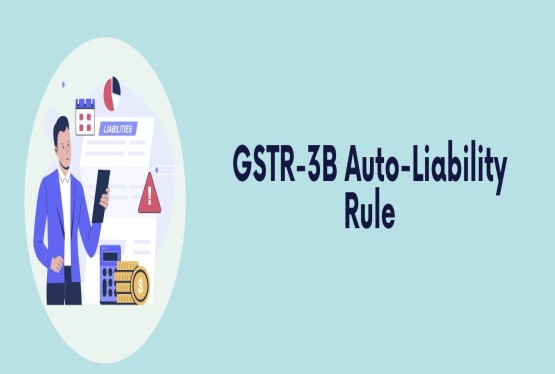
_Of_Income_Tax_Act_learn_crop10_thumb.jpg)








_learn_crop10_thumb.jpg)








_learn_crop10_thumb.jpg)
_crop10_thumb.jpg)






















_learn_crop10_thumb.jpg)
_for_Import_and_Export_learn_crop10_thumb.jpg)









